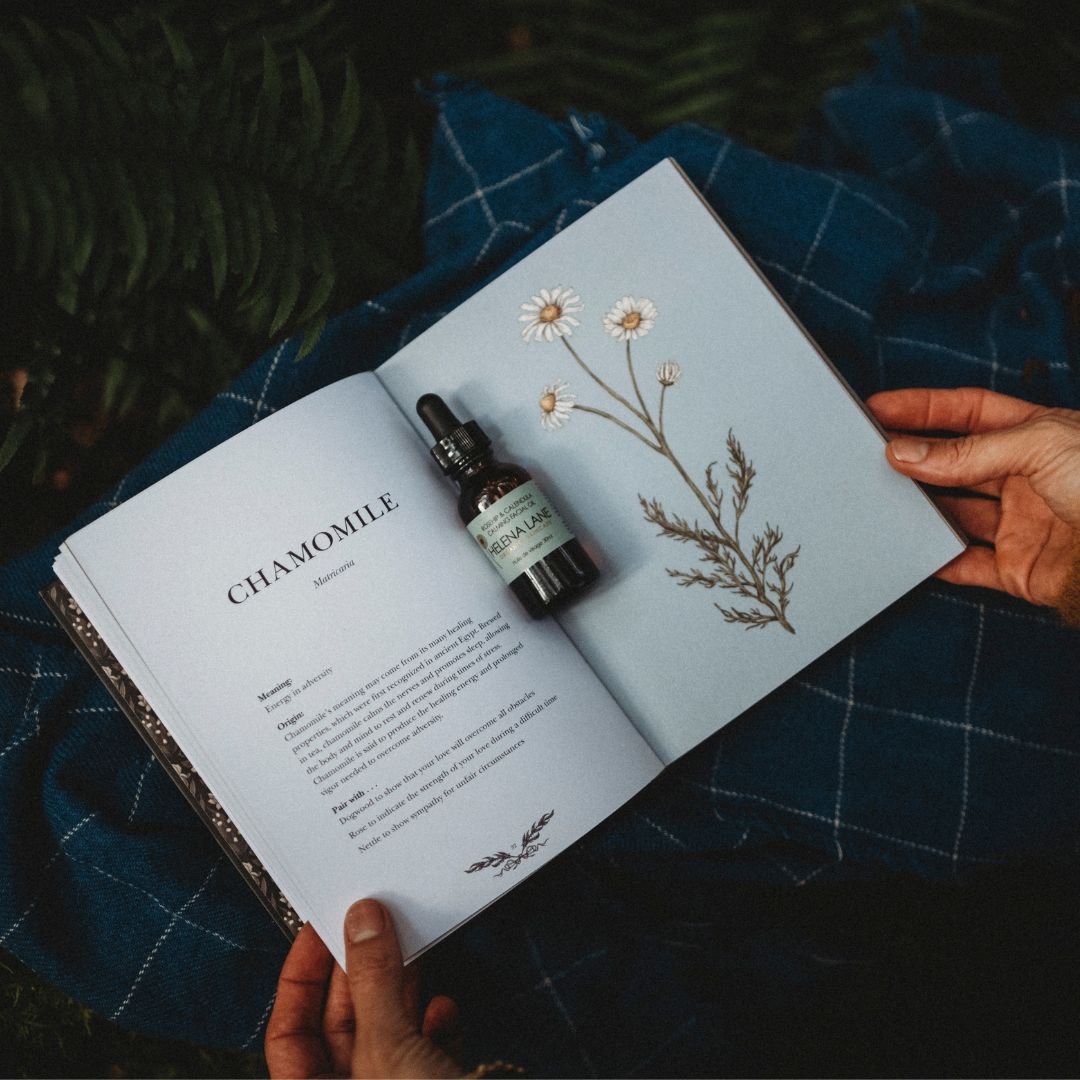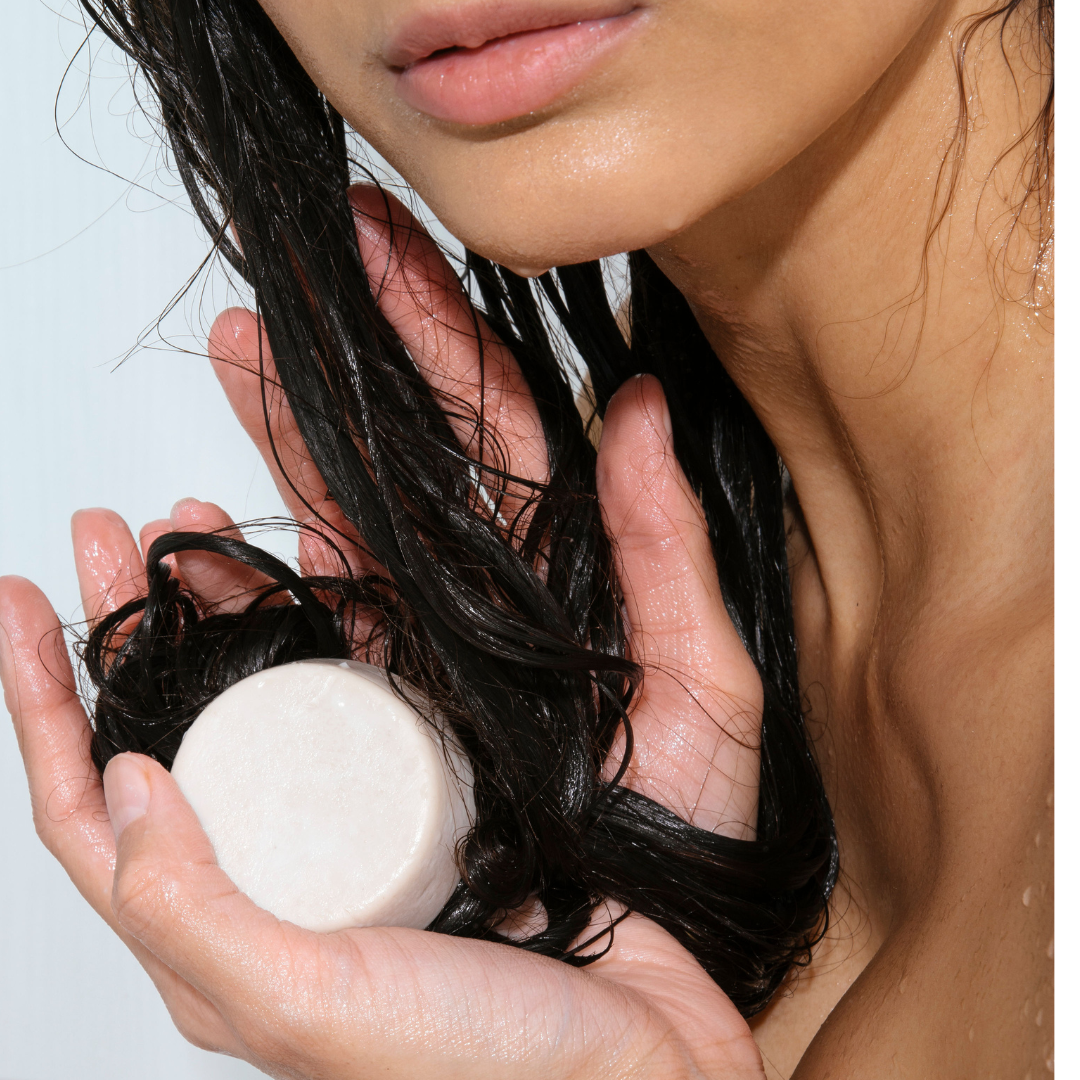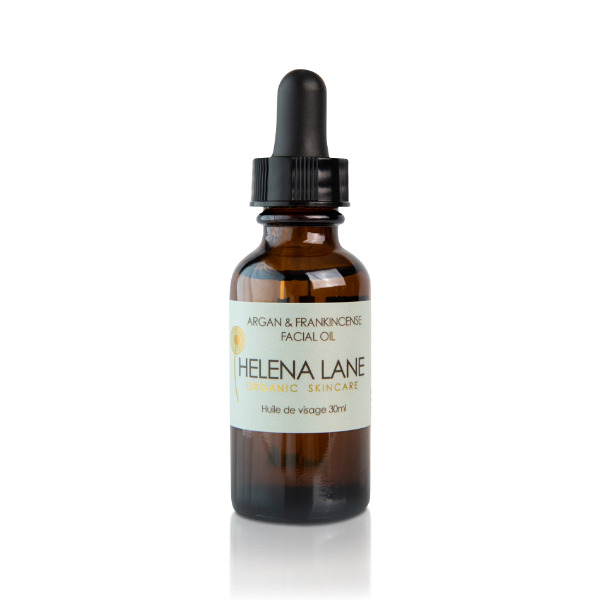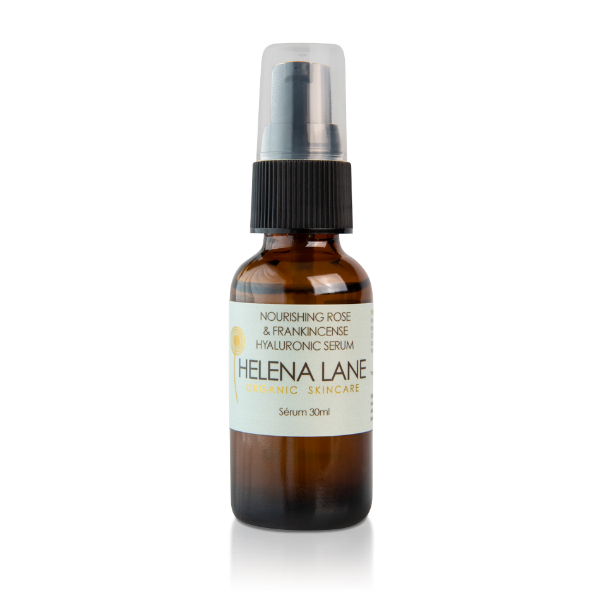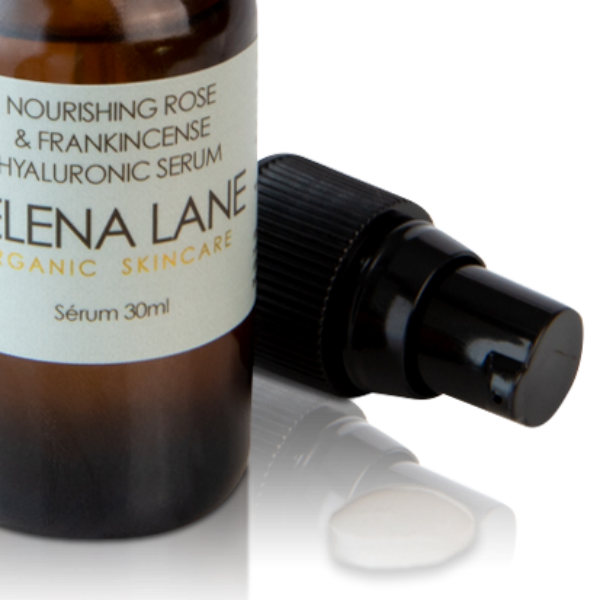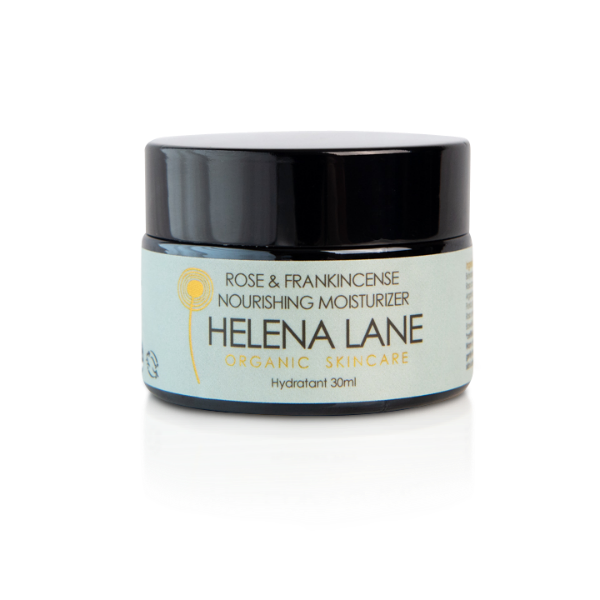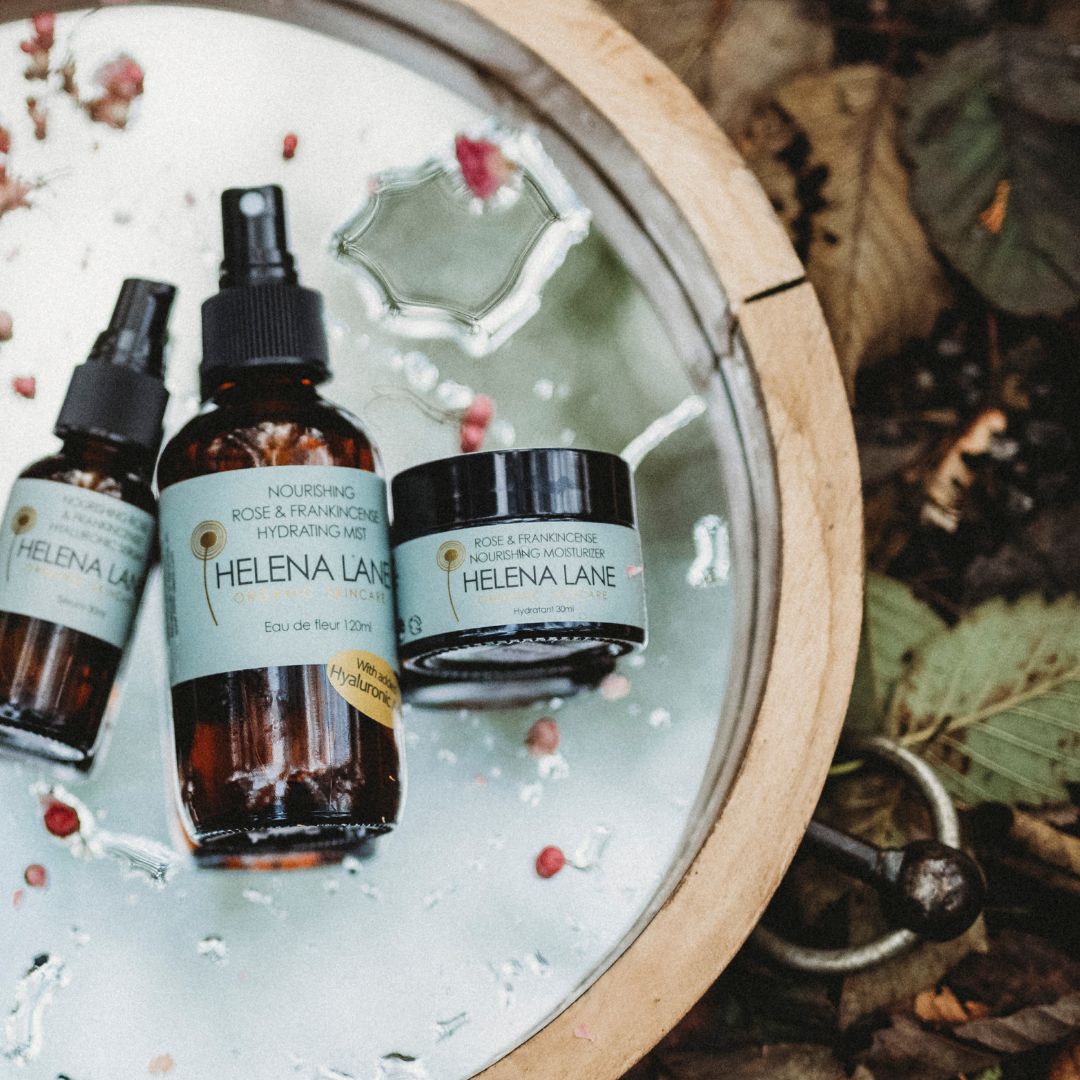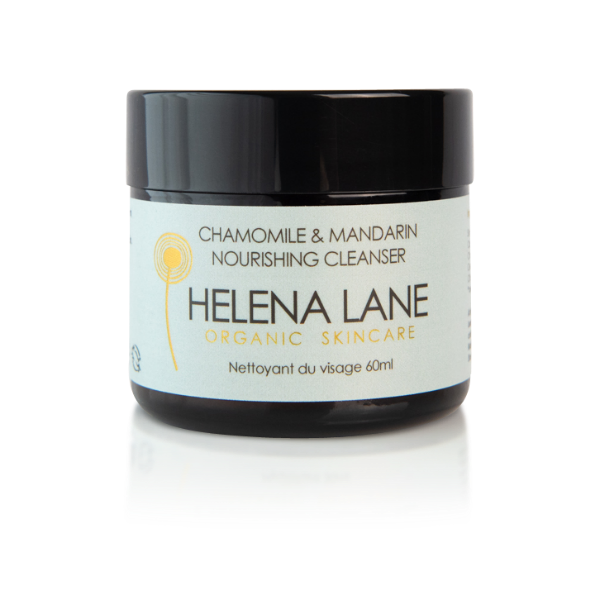Rosehip seed oil is my very first love in plant oils, but I didn’t quite realize the full scope of my love until I sat down to write this: you can find it in nearly all of my moisturizers, including the tinted ones. In fact, I think only frankincense beats rosehip seed oil in terms of abundance in my products. But while frankincense stands out as an ingredient thanks to its unmistakable scent, rosehip seed oil shows up quietly, working its skin-healing wonders in the background.

Where Rosehip Seed Oil Comes From
Rosehip seed oil (also known as rosehip oil) is different from rose essential oil which comes from the petals of the rose. Rather, the oil is pressed from the fruit and seeds of the rose plant. In the late summer and fall, you can find wild rosehips in abundance where I live. I’ll collect as many as I can, and freeze them to make antioxidant-rich rosehip tea throughout the year.
While I do collect my own rosehips, I leave the cold-pressing to the experts, since it would take a lot of rosehips to make all of the oil needed for my products. The majority of rosehip seed oil comes from the rosa canina bush, grown mostly in Chile. The rosehips are picked once the petals fall from the bush, and the firm, red fruit is left behind. The fruit is then cold-pressed to extract the beautiful oil from the fruit and seeds, and filtered to remove any “bits” from the pure oil. What you’re left with is an orange to red coloured oil, that smells slightly earthy or toasty – and is packed with skin-loving benefits.
Rosehip Seed Oil for the Skin
Women have been using rosehip seed oil on their skin for generations, as far back as the Ancient Egyptians and Romans. It’s a light, dry oil that’s absorbed by the skin with ease, and suits all skin types. So, what power is packed inside the oil of a tiny rosehip?
- Collagen. Rosehips have been shown to inhibit an enzyme that breaks down collagen in the body, improving cell longevity and slowing signs of aging (like wrinkles).
- Beta-carotene. This is what gives rosehip seed oil its beautiful colour, but it’s also necessary to produce vitamin A (retinol) in the skin. Retinol is known for speeding cell turnover and healing sun damage, acne and scarring.
- Vitamin C. Rosehips are high in vitamin C, which help in reducing and preventing pigmentation in the skin. There have also been studies showing further melanin-reducing properties from the proanthocyanidins in rosehip oil. Vitamin C is also essential for the production of new collagen.
- Essential fats. Rosehip seed oil is high in omega 3, 6, 7, and 9. Fatty acids, especially 3 and 9, are well-known to both protect and help prevent sun damage and photoaging. They also act as topical anti-inflammatories and aid in wound healing. Fatty acids are vital to cell tissue growth and collagen synthesis, and thus contribute significantly to the look and health of our skin.
Rosehip seed oil is just packed with nutrients our skin needs to protect and heal itself from damage, and to reduce signs of aging such as pigmentation and wrinkles.
Incorporate Rosehip Seed Oil into Your Skincare Routine
Rosehip seed oil is easy enough to find at natural health stores, but why not combine it with other skin-loving and healing ingredients at the same time? All of my moisturizers and facial oils (except one) contain rosehip seed oil, so you can take your pick and make it part of your skincare routine.
References:
https://lpi.oregonstate.edu/
https://www.ncbi.nlm.nih.gov/
https://www.ncbi.nlm.nih.gov/
https://lpi.oregonstate.edu/
PIN ME FOR LATER:


